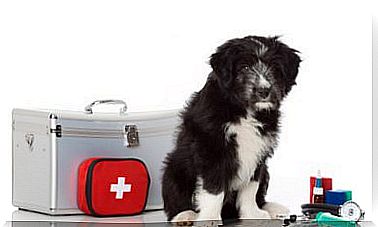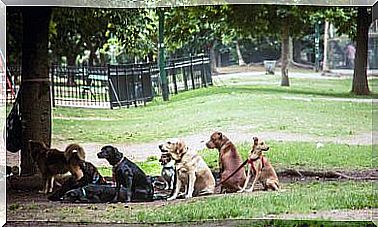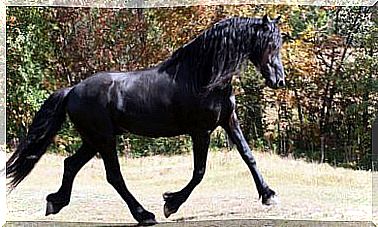Attachment In Rescued Animals
People who rescue wild animals, should reduce, as far as possible, contact with them and, thus, avoid attachment. In this way, they will later be able to better reintegrate into nature.
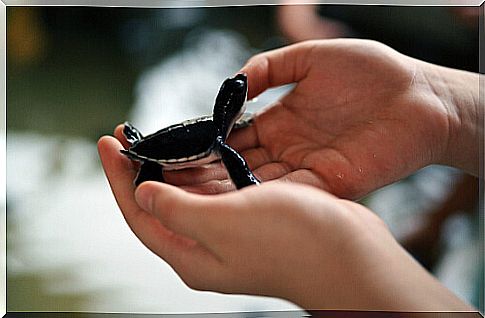
Let’s see more about this interesting topic below.
Wildlife rescue is essential
measures, the moment these animals begin to grow and have more autonomy,
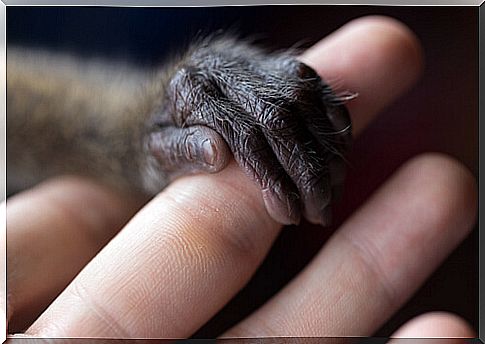
Not only is it possible to save the individual, but extremely important data is obtained about the species as such.
- Anatomical data.
- Geographical distribution.
- Migratory routes.
- Main diseases.
Attachment is not a problem in the case of rescued animals that cannot return to nature and must stay in a wildlife conservation center. On the contrary, the development of a bond between the keeper and those non-recoverable animals, facilitates the handling and the stay of the individual in the center.
How do rescued animals get to the centers?
- Animals injured by being run over, collisions with power lines or diseases that reduce mobility.
- Species seized at airports or other customs pertaining to the illegal trafficking of species.
- Urban fauna (sparrows, swifts, blue tit …) rescued by citizens.
- Abandonment of exotic species by irresponsible owners.
- Alien species in the wild caught by forestry agents or trained personnel.
Wildlife management
- If the animal is healthy and does not present any type of discomfort, it is returned to nature.
- On the contrary, if he suffers any pathology, trauma or if he is still very young, he will remain in the center until his complete recovery and subsequent release to the natural environment.
- If the arriving animal suffers from some type of illness that categorizes it as “unrecoverable”, it will remain in the center for the rest of its life. Typically included in research programs such as captive breeding.
Attachment problems in rescued animals

- They will probably not be afraid of humans (which can put them in danger, since if a trafficker approaches them to capture and sell it, they will not flee).
- They will not know how to relate to their own kind.
- They cannot be 100% rehabilitated.
- All the dedication of time, effort and financial resources will not have been worth it.
